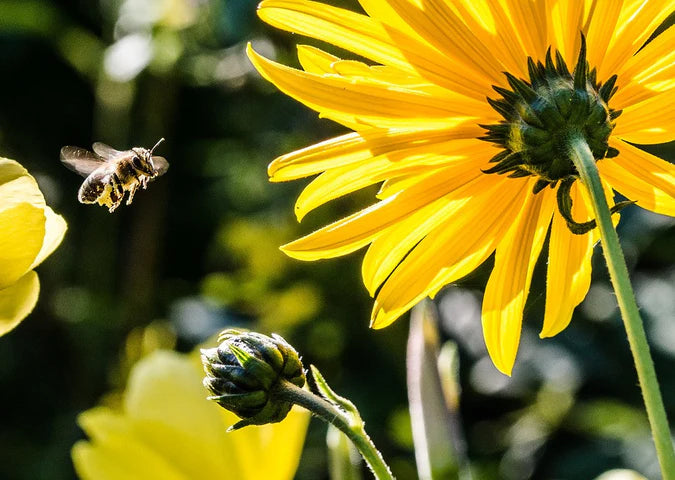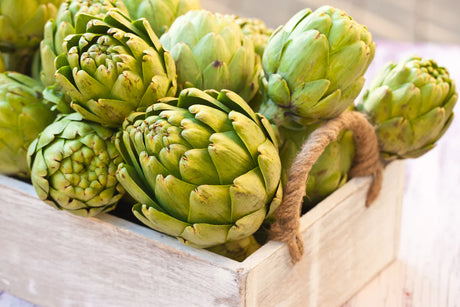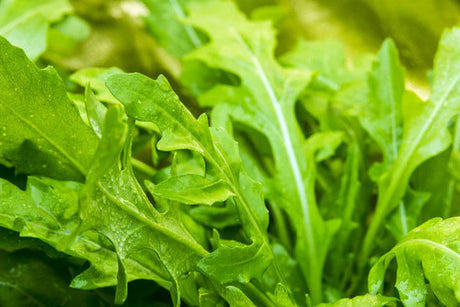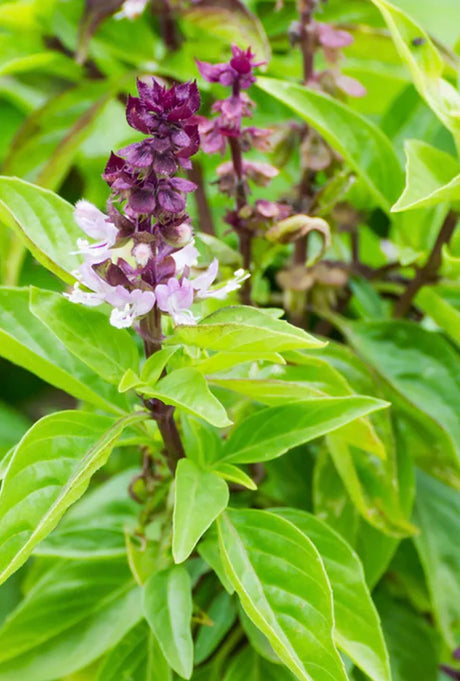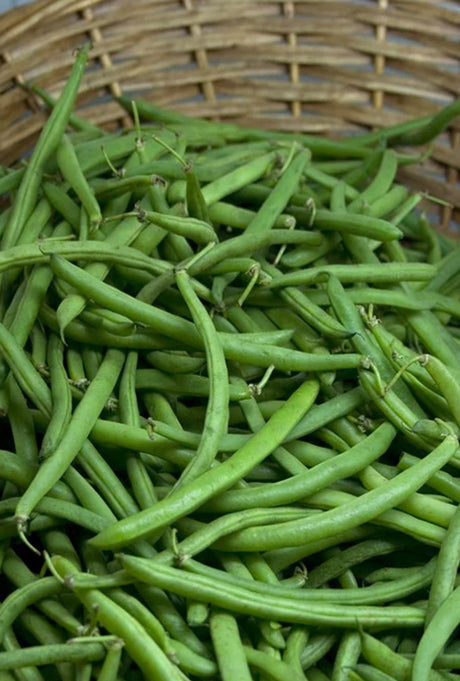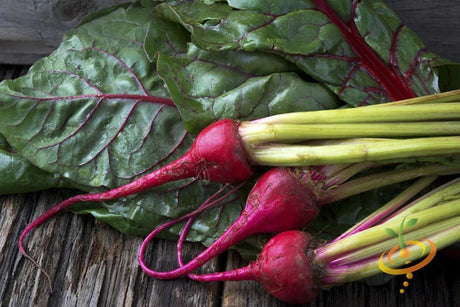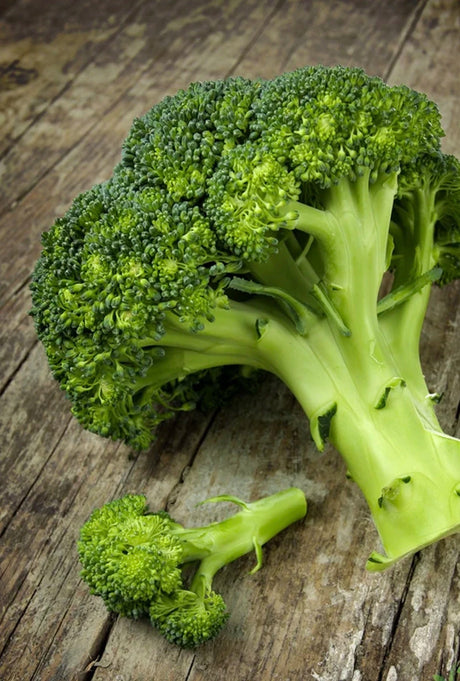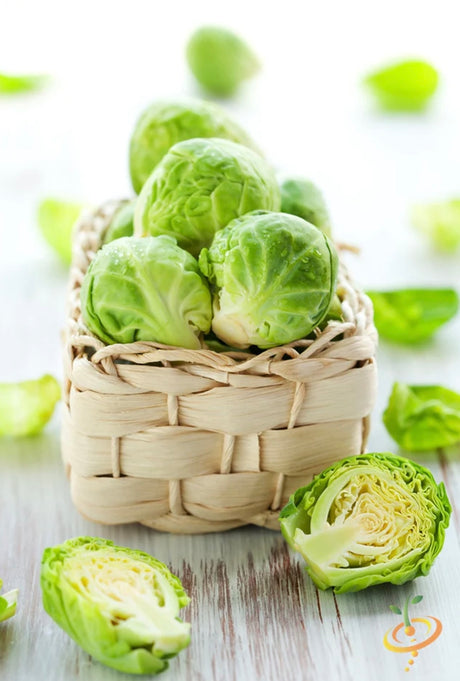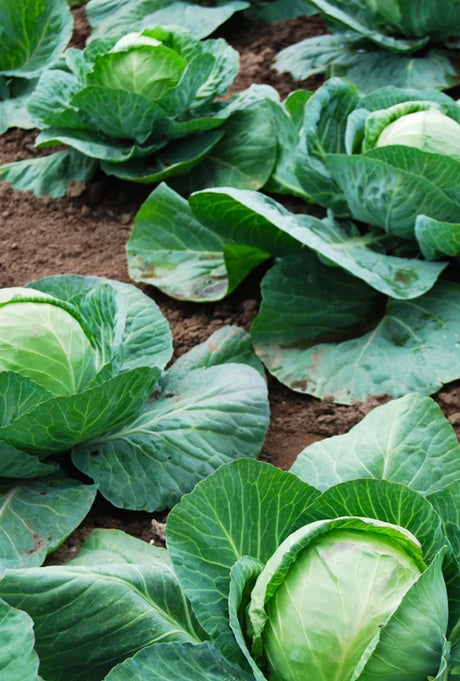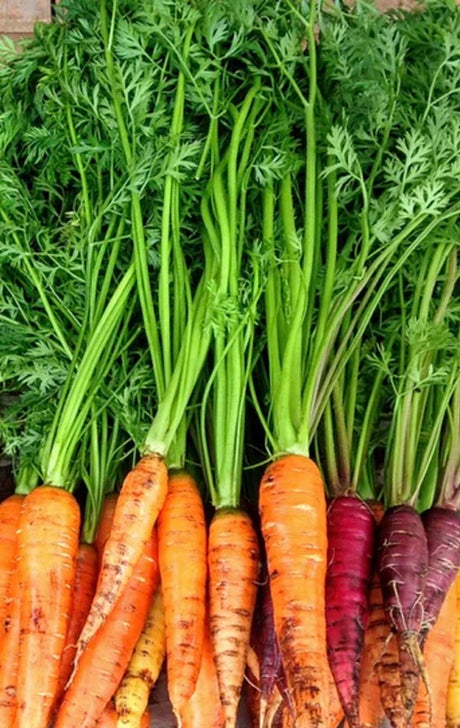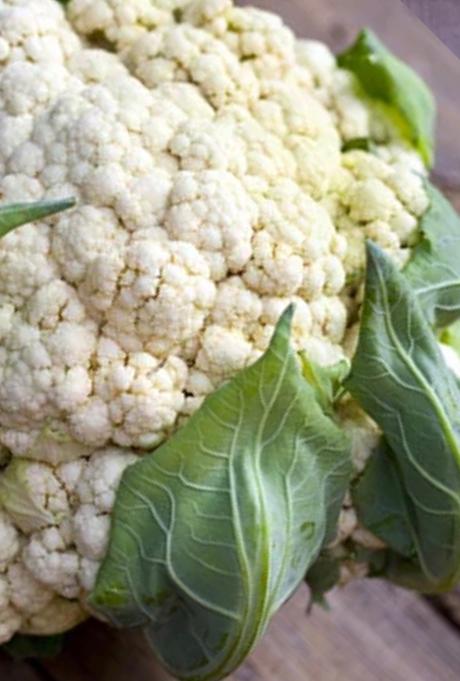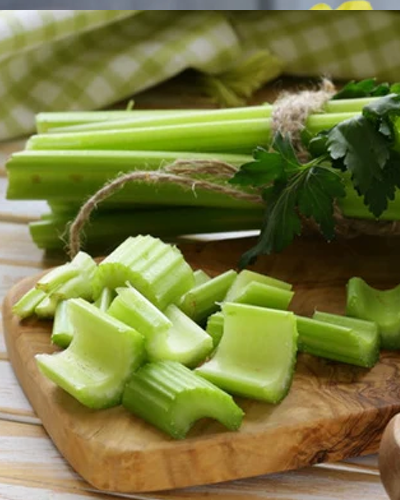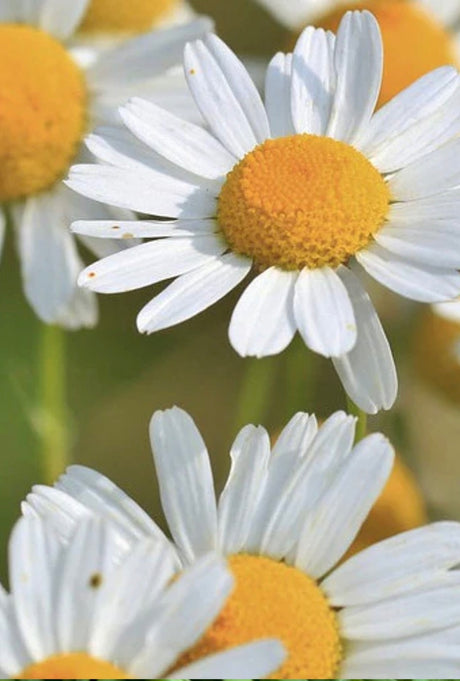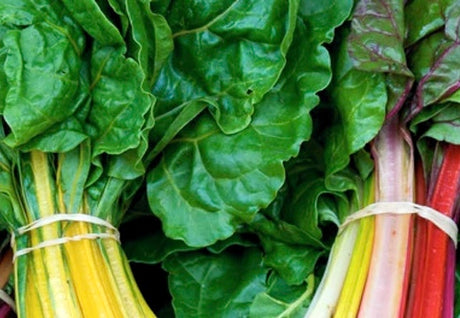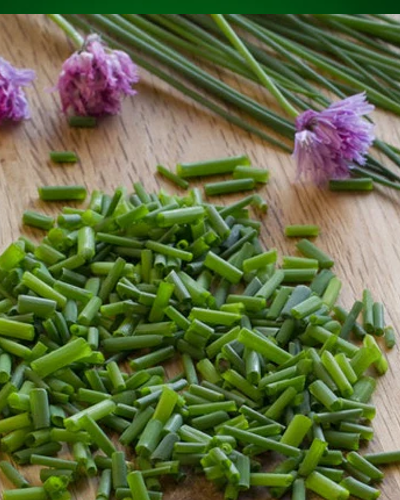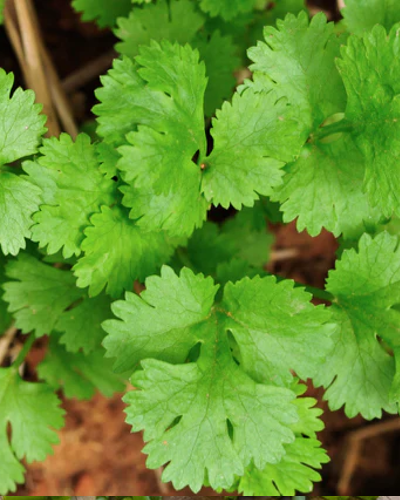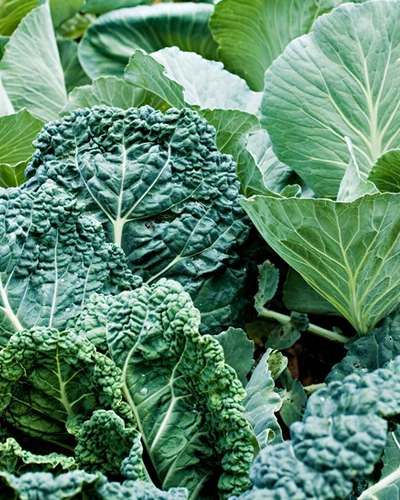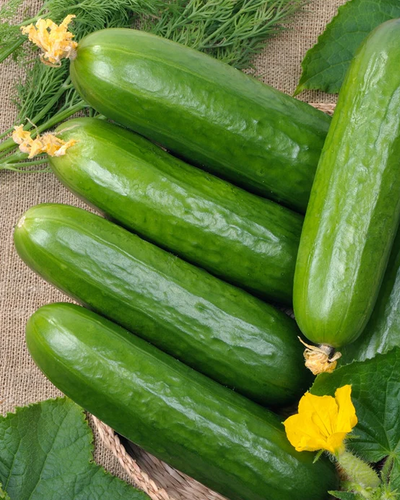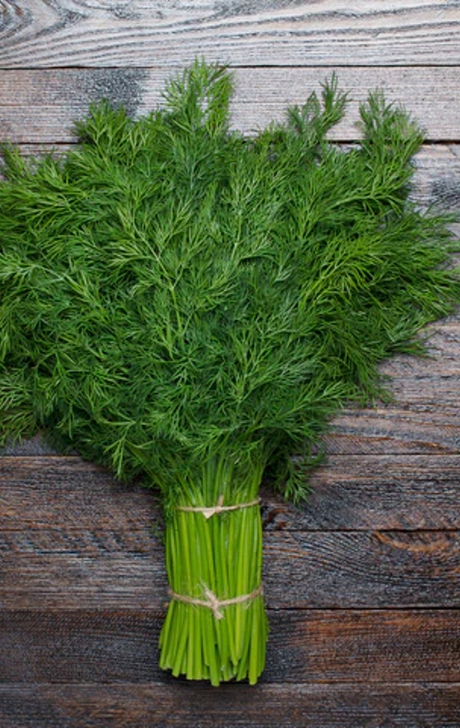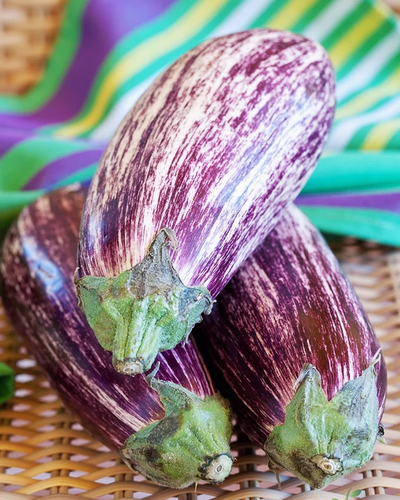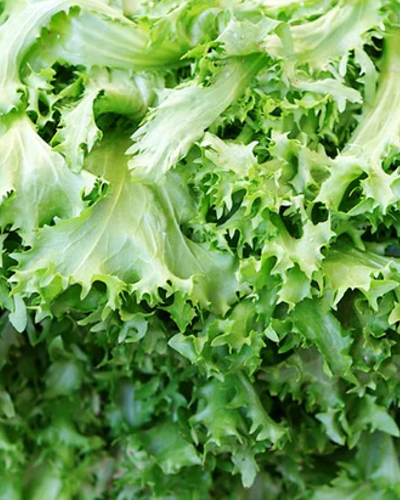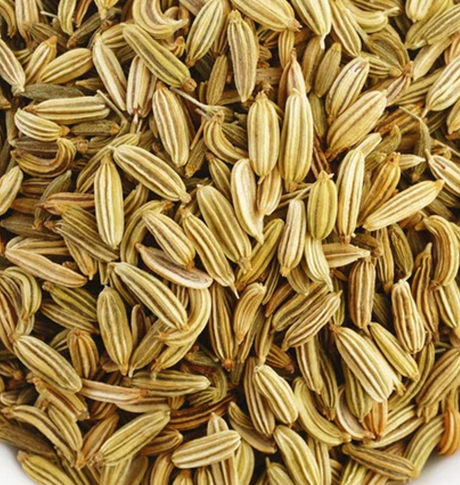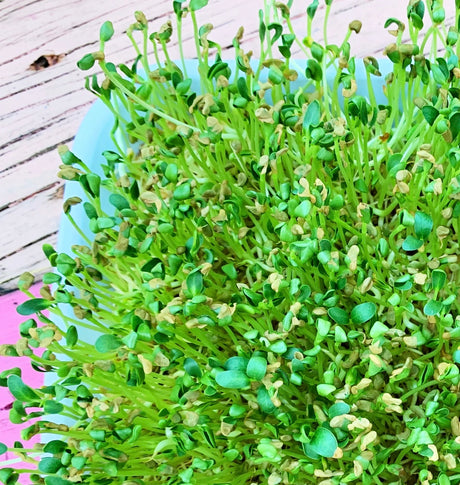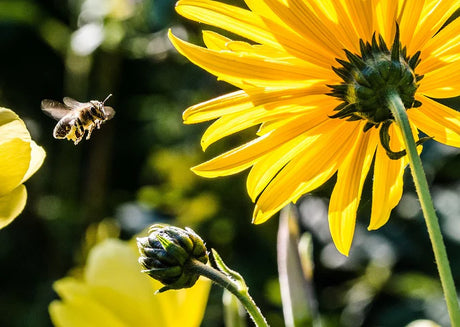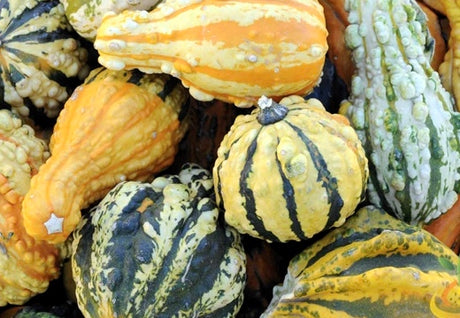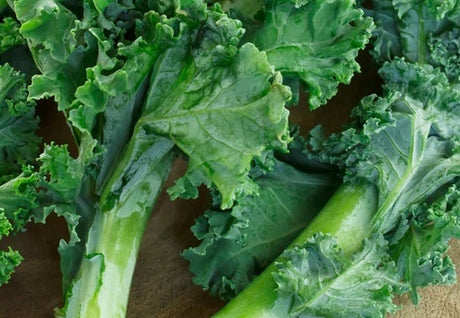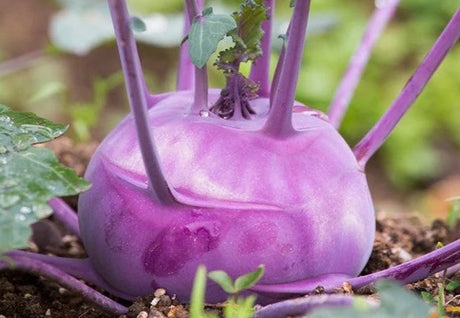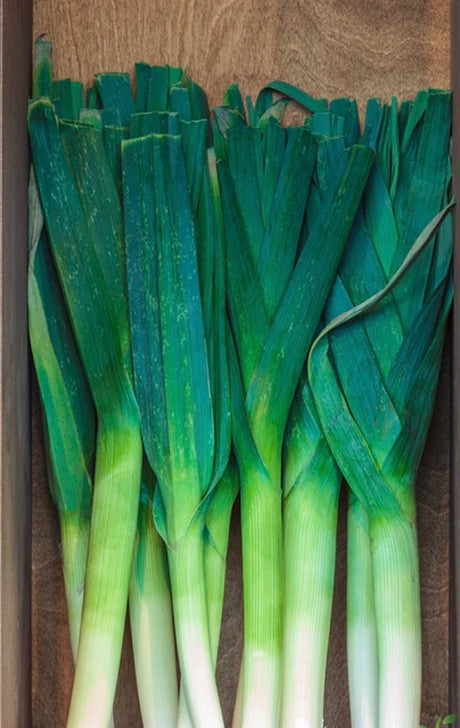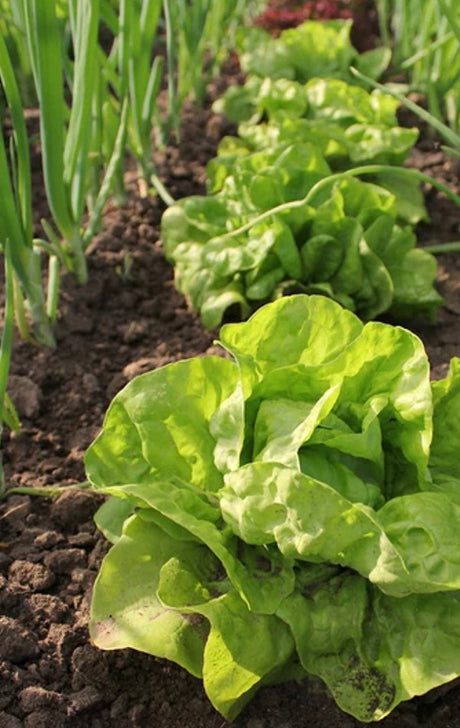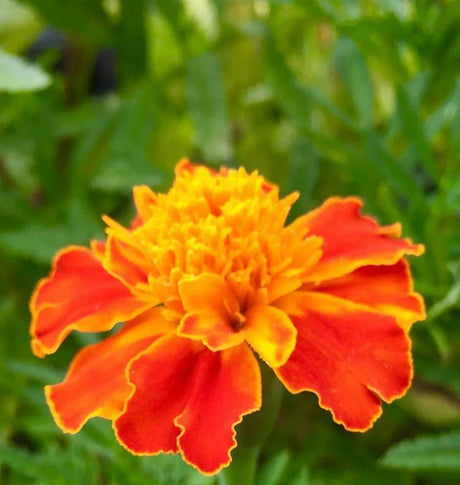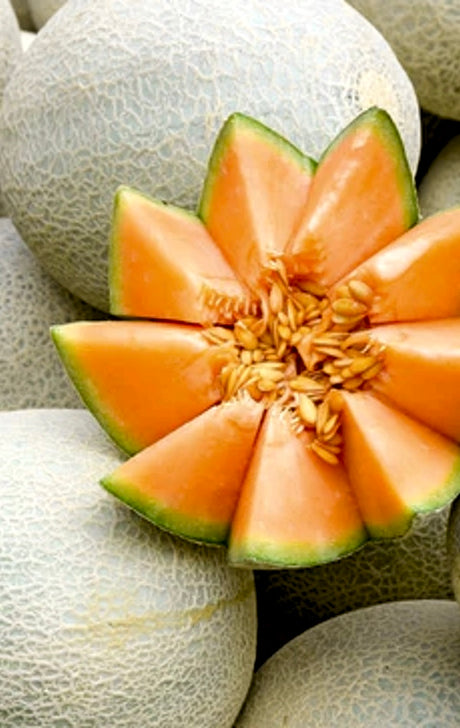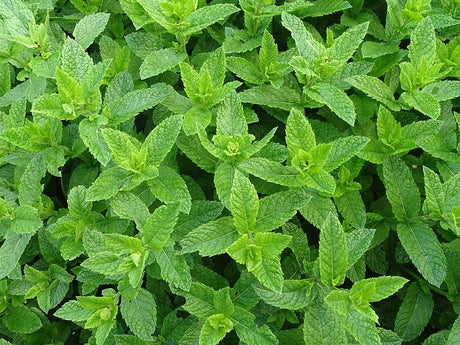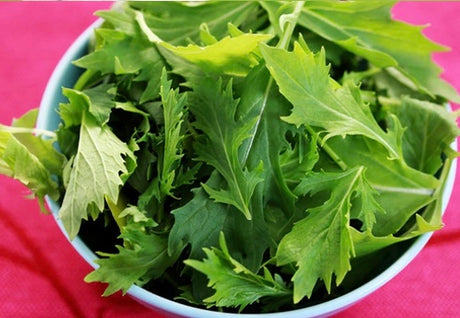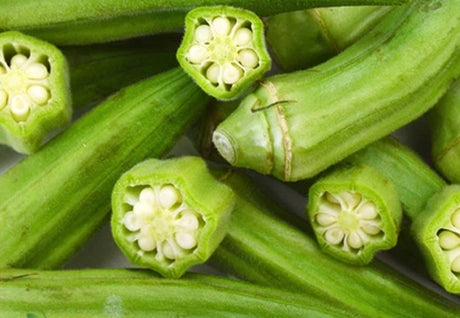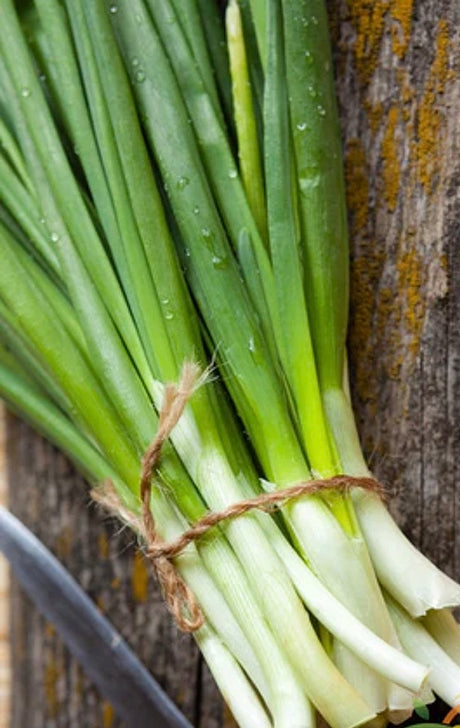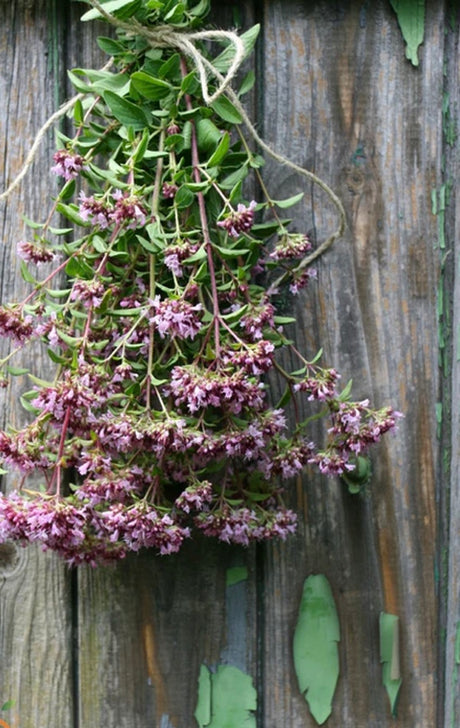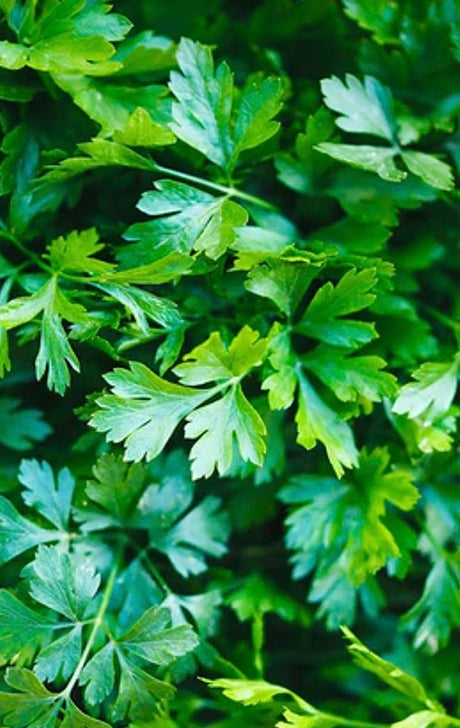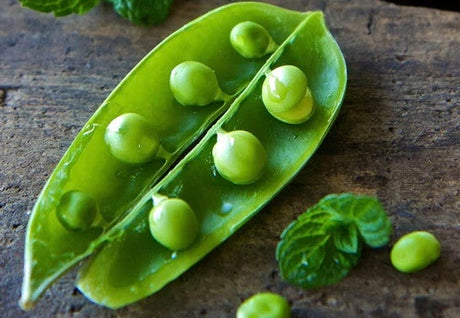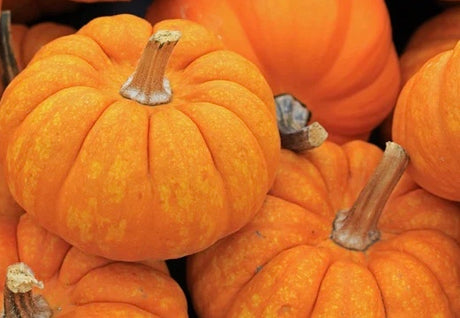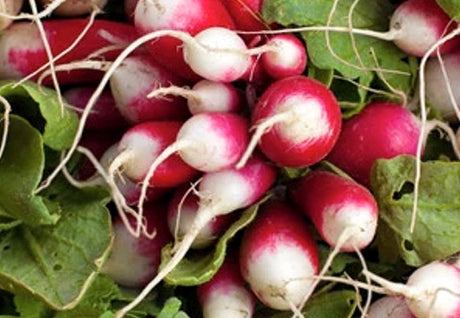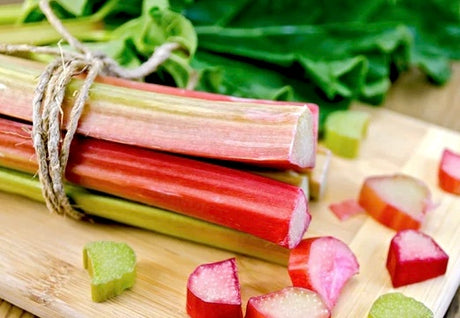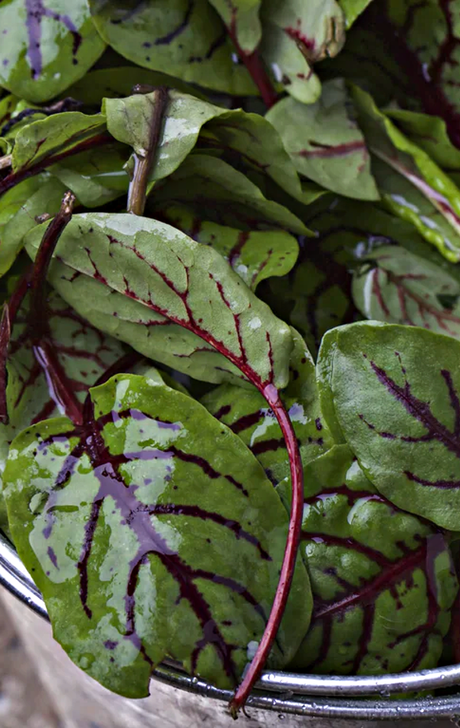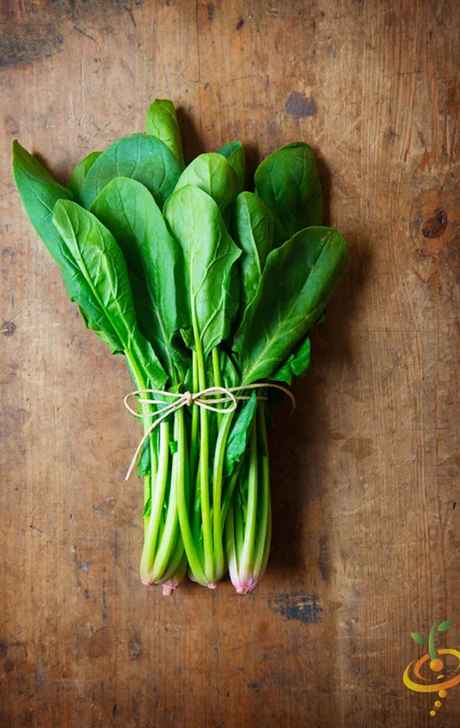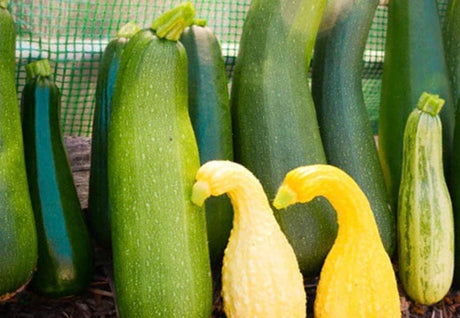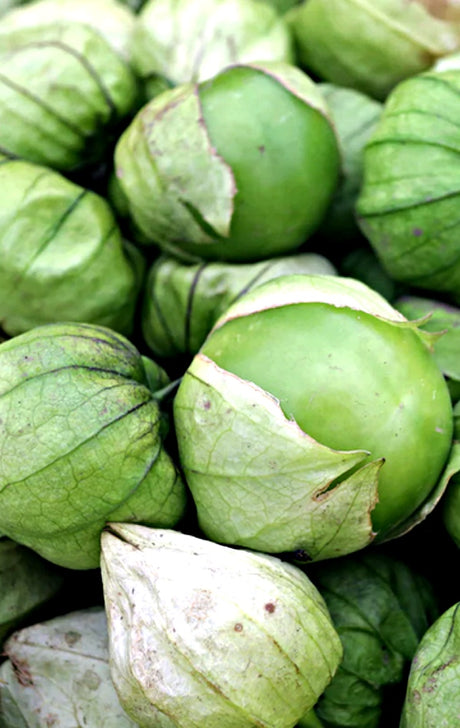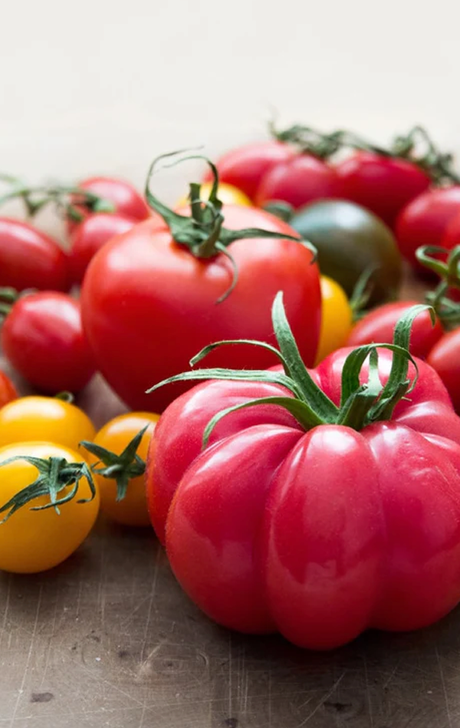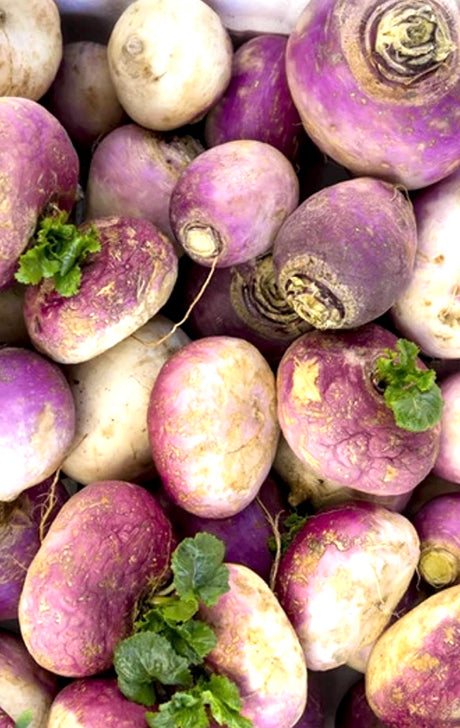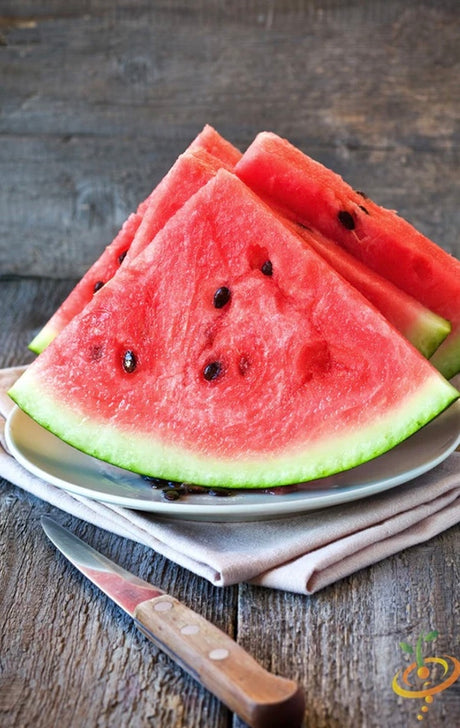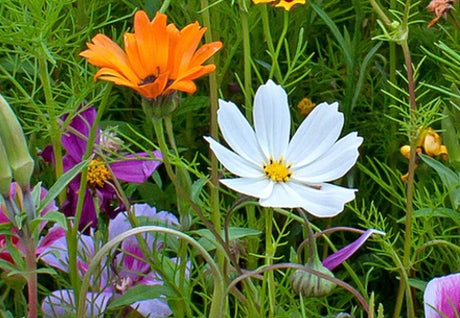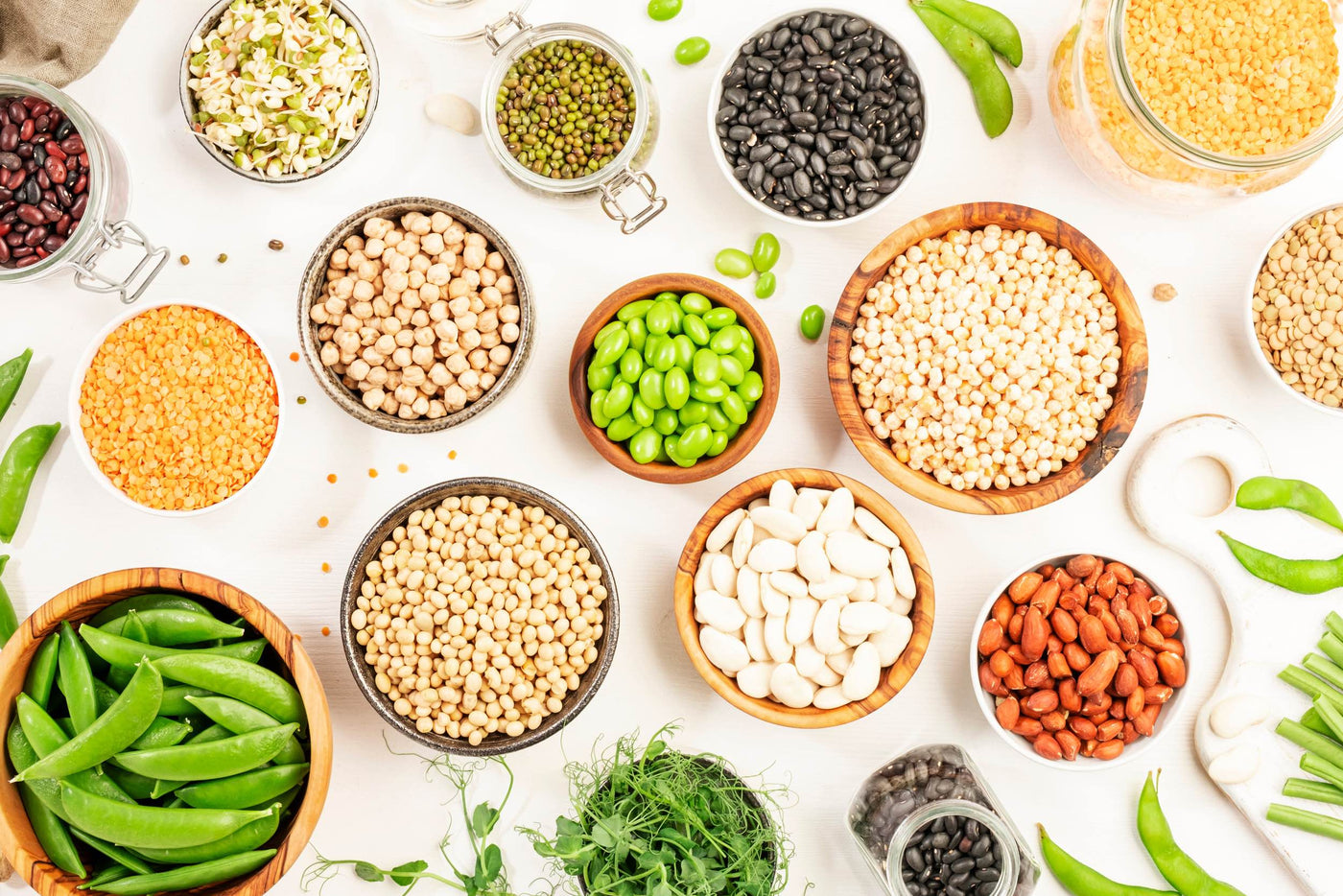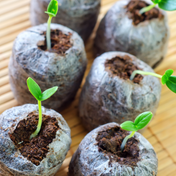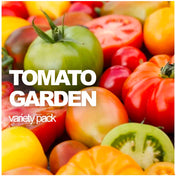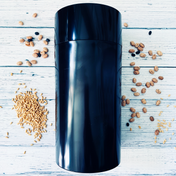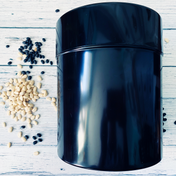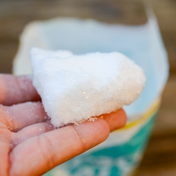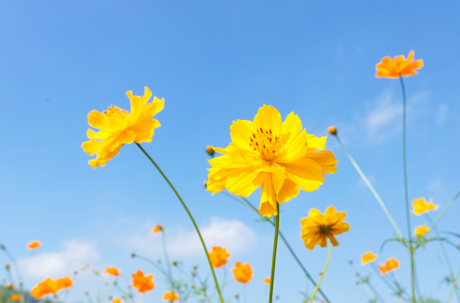- From $399 USDUnit price /Unavailable
Description
Rudbeckia amplexicaulis, commonly known as the clasping coneflower, is a perennial plant that belongs to the Asteraceae family. This species is native to the eastern and central regions of North America and is recognized for its distinctive yellow flowers and unique foliage. Understanding the characteristics and cultivation requirements of Rudbeckia amplexicaulis can enhance its integration into a garden setting.
One of the notable features of Rudbeckia amplexicaulis is its growth habit. This plant typically reaches a height of 2 to 3 feet and produces flowers that are approximately 2 to 3 inches in diameter. The flowers are characterized by their bright yellow petals that surround a prominent, dark brown central cone. The foliage is lanceolate and clasping, which gives the plant its common name. The leaves can grow up to 6 inches long and are arranged alternately along the stem.
In terms of cultivation, Rudbeckia amplexicaulis thrives in well-drained soils and prefers full sun to partial shade. It is important to note that this species is drought-tolerant once established, making it an excellent choice for low-maintenance gardens. The ideal soil pH for optimal growth ranges from 6.0 to 7.0. Regular watering during the initial establishment phase is recommended, but overwatering should be avoided to prevent root rot.
Rudbeckia amplexicaulis is also known for its resilience against pests and diseases. This hardiness contributes to its popularity among gardeners seeking sustainable and low-maintenance options. However, it is advisable to monitor for common pests such as aphids and spider mites, which can occasionally affect the plant. Implementing integrated pest management strategies can help mitigate these issues.
In terms of propagation, Rudbeckia amplexicaulis can be easily grown from seeds or divisions. Seeds should be sown in the spring or fall, and germination typically occurs within 14 to 30 days under optimal conditions. For division, it is recommended to separate the plants every 3 to 4 years to maintain vigor and prevent overcrowding.
In addition to its aesthetic appeal, Rudbeckia amplexicaulis serves as an important ecological resource. The flowers attract a variety of pollinators, including bees and butterflies, which contribute to the overall health of the garden ecosystem. Furthermore, the plant's seeds provide food for birds during the winter months, enhancing biodiversity in the garden.
In conclusion, Rudbeckia amplexicaulis is a versatile and resilient perennial that can add significant value to any garden. Its striking flowers, low maintenance requirements, and ecological benefits make it an ideal choice for both novice and experienced gardeners. By understanding its growth habits and cultivation needs, gardeners can successfully incorporate this species into their landscapes, promoting both beauty and sustainability.
Wildflowers - Southeast Seed Mix
From $499 USDUnit price /UnavailableDescription
The Southeast Wildflower Seed Mix is a carefully curated blend of native wildflower seeds that thrive in the diverse climatic conditions of the southeastern United States. This region, characterized by its warm temperatures and varying soil types, provides an ideal environment for a wide range of wildflower species. Utilizing this seed mix can enhance biodiversity, support local ecosystems, and create visually stunning landscapes.
One of the primary benefits of incorporating a Southeast Wildflower Seed Mix into your garden is the promotion of pollinator health. According to the U.S. Fish and Wildlife Service, native wildflowers are crucial for sustaining pollinator populations, including bees, butterflies, and other beneficial insects. These species are responsible for pollinating approximately 75% of flowering plants and one-third of the food crops in the United States. By planting native wildflowers, gardeners can contribute to the conservation of these essential pollinators.
In addition to supporting pollinators, the Southeast Wildflower Seed Mix can improve soil health. Native plants have adapted to local soil conditions and require less water and fertilizer compared to non-native species. Research indicates that native plants can reduce soil erosion by up to 60% due to their deep root systems, which stabilize the soil and promote water retention. This is particularly important in the southeastern region, where heavy rainfall can lead to soil degradation.
Furthermore, planting a wildflower mix can enhance the aesthetic appeal of gardens and landscapes. The vibrant colors and diverse forms of wildflowers can create a dynamic and visually engaging environment. Studies have shown that gardens featuring native wildflowers can increase property values by as much as 15%, making them an attractive option for homeowners looking to enhance their outdoor spaces.
When establishing a garden with a Southeast Wildflower Seed Mix, it is essential to consider the timing and method of planting. The optimal time for sowing wildflower seeds in the Southeast is typically in the fall or early spring, depending on local climate conditions. It is advisable to prepare the soil by removing any existing vegetation and loosening the top layer to ensure good seed-to-soil contact. A light raking can help incorporate the seeds into the soil, promoting germination.
In conclusion, the Southeast Wildflower Seed Mix offers numerous ecological and aesthetic benefits for gardeners in the southeastern United States. By fostering biodiversity, supporting pollinator populations, improving soil health, and enhancing the visual appeal of landscapes, this seed mix serves as a valuable addition to any garden. As awareness of the importance of native plants continues to grow, incorporating wildflowers into landscaping practices will play a crucial role in promoting sustainable gardening and environmental stewardship.
Evening Primrose, Showy Pink Ladies Flowers
From $329 USDUnit price /UnavailableDescription
SEED PLANTING TIPS
- Botanical name: Oenothera speciosa
- Hardiness zones: 4-9
- Planting season: Spring, summer
- Days to maturity: 2nd year
- Cold stratify: Yes
- Depth to plant seeds: Lightly cover - seeds need light to germinate
- Spacing between plants: 12"-18" apart
- Days to germinate (sprout): 15-30 days
- Germination soil temps: 65F-70F
- Soil types: Sandy, loamy, rich, well-drained
- Soil pH: 5.5-7.5
- Water needs: Average
- Sun needs: Full sun, part shade
- Frost tolerant: No
- Drought tolerant: Yes
- Deer resistant: Yes
Wildflowers - Texas-Oklahoma Seed Mix
From $499 USDUnit price /UnavailableDescription
The Texas-Oklahoma wildflower seed mix is a carefully curated blend of native wildflower species that thrive in the unique climatic and soil conditions of the southern United States. This mix typically includes a variety of species such as Bluebonnets, Indian Paintbrush, and Black-eyed Susans, which not only add vibrant colors to any garden but also support local ecosystems.
Research indicates that planting native wildflowers can significantly enhance biodiversity. According to the U.S. Fish and Wildlife Service, native plants provide essential habitats for pollinators, including bees and butterflies, which are crucial for the pollination of many crops. In fact, approximately 75% of flowering plants depend on animal pollinators to reproduce, highlighting the importance of incorporating native species into garden designs.
When establishing a garden with a Texas-Oklahoma wildflower seed mix, it is essential to consider the soil type and drainage. These wildflowers generally prefer well-drained soils and can tolerate drought conditions, making them suitable for regions with limited water resources. It is advisable to conduct a soil test to determine pH levels and nutrient content, ensuring optimal growth conditions for the selected wildflower species.
In terms of planting, the ideal time to sow wildflower seeds is in the fall or early spring. This timing allows the seeds to undergo natural stratification, which can improve germination rates. It is recommended to prepare the soil by removing any existing vegetation and loosening the top layer to create a suitable seedbed. A general rule of thumb is to sow seeds at a rate of 1 to 2 pounds per 1,000 square feet, depending on the specific mix and desired density.
Once established, wildflower gardens require minimal maintenance. Regular monitoring for invasive species is crucial, as they can outcompete native plants for resources. Additionally, periodic mowing after the wildflowers have set seed can promote new growth and maintain the aesthetic appeal of the garden. Studies show that gardens with diverse plant species can reduce the need for chemical fertilizers and pesticides, promoting a healthier environment.
In conclusion, incorporating a Texas-Oklahoma wildflower seed mix into your garden not only enhances its visual appeal but also contributes to ecological health. By supporting pollinators and promoting biodiversity, these native wildflowers play a vital role in sustaining local ecosystems. With proper planning and care, a wildflower garden can thrive, providing beauty and ecological benefits for years to come.
Wildflowers - Southwest Seed Mix
From $499 USDUnit price /UnavailableDescription
This Southwest Wildflowers Seed Mix is a carefully curated blend of wildflower seeds specifically designed for the unique climatic and soil conditions found in the southwestern United States. This region is characterized by its arid climate, diverse ecosystems, and a rich variety of native flora. The inclusion of wildflowers in garden landscapes not only enhances aesthetic appeal but also contributes significantly to local biodiversity.
Wildflowers serve as vital components of the ecosystem, providing essential habitats and food sources for various pollinators, including bees, butterflies, and hummingbirds. Studies indicate that gardens featuring native wildflowers can increase pollinator populations by up to 50%. This is particularly important as pollinators play a crucial role in the reproduction of many plants, including those that are vital for human food production.
The Southwest Seed Mix typically includes species such as Desert Marigold (Baileya multiradiata), California Poppy (Eschscholzia californica), and Blue Flax (Linum lewisii). These species are not only drought-resistant but also adapted to thrive in poor soil conditions, making them ideal for sustainable gardening practices. The use of native wildflowers can reduce the need for irrigation and chemical fertilizers, aligning with environmentally friendly gardening principles.
When planting the Southwest Seed Mix, it is essential to consider the timing and method of sowing. The optimal time for planting is in the fall or early spring, as this allows the seeds to benefit from natural rainfall and temperature fluctuations. A light raking of the soil followed by a gentle pressing of the seeds into the ground can enhance germination rates. It is advisable to avoid covering the seeds with soil, as many wildflower seeds require light to germinate.
Once established, wildflower gardens require minimal maintenance. Regular monitoring for invasive species is recommended, as these can outcompete native plants and disrupt the ecosystem. Additionally, allowing wildflowers to go to seed at the end of their growing season can promote self-seeding, ensuring a vibrant display in subsequent years.
In summary, incorporating the Southwest Seed Mix into your garden not only beautifies the landscape but also supports local wildlife and promotes ecological health. By choosing native wildflowers, gardeners can contribute to the preservation of regional biodiversity while enjoying the myriad benefits these plants provide.
Wildflower establishment requires some important steps:- Site selection/preparation: It's important to address competition from weeds: pull, till, or use organic herbicides. If planting in the spring/summer you can wait for weeds to germinate, control and then plant the wildflower seeds.
- Seeding: You will want to have good seed to soil contact, broadcasting by hand is a good approach on small plot, may want to mix with an inert carrier, sand or other. Raking in and covering with soil 2-3 times seed thickness.
- Watering: During establishment for the first month, can be from rain in spring or supplement with irrigation.
- Timing: The best time to plant is in spring to early summer and even again in late fall.Coreopsis, Tall Plains/Golden Tickseed Flowers
From $399 USDUnit price /UnavailableDescription
Tall Plains Flower or Golden Tickseed, scientifically known as Coreopsis tinctoria, is a perennial plant native to the prairies and open fields of North America. This species is particularly valued for its vibrant yellow and reddish-brown flowers, which bloom from late spring to early fall, providing a continuous display of color in the garden. The plant typically reaches heights of 2 to 3 feet, making it a striking addition to any landscape.
One of the key characteristics of Coreopsis tinctoria is its adaptability to various soil types. It thrives in well-drained soils, preferring sandy or loamy conditions, and can tolerate drought once established. This resilience makes it an excellent choice for gardeners looking to create low-maintenance landscapes. In fact, studies have shown that plants like Coreopsis tinctoria can reduce water usage by up to 50% compared to traditional garden plants, contributing to sustainable gardening practices.
The flowers of Coreopsis tinctoria are not only aesthetically pleasing but also serve an ecological purpose. They attract a variety of pollinators, including bees and butterflies, which are essential for maintaining biodiversity in garden ecosystems. Research indicates that flowering plants can increase pollinator populations by as much as 30%, highlighting the importance of incorporating native species like Coreopsis tinctoria into garden designs.
In terms of care, Coreopsis tinctoria requires minimal intervention. Regular deadheading of spent flowers can encourage further blooming and prolong the flowering period. Additionally, this plant is generally resistant to pests and diseases, making it a reliable choice for both novice and experienced gardeners. It is important to note that while Coreopsis tinctoria is a hardy plant, it benefits from occasional fertilization with a balanced fertilizer to promote healthy growth and flowering.
When planning a garden that includes Coreopsis tinctoria, consider its placement in relation to other plants. It pairs well with other native wildflowers and grasses, creating a naturalistic look that mimics its native habitat. Furthermore, planting in groups of three or more can enhance visual impact and provide a more substantial habitat for pollinators.
In conclusion, Coreopsis tinctoria is a valuable addition to any garden, offering both beauty and ecological benefits. Its adaptability, low maintenance requirements, and ability to attract pollinators make it an ideal choice for sustainable gardening. By incorporating this native plant into your landscape, you contribute to the preservation of local ecosystems while enjoying its vibrant blooms throughout the growing season.
- Life cycle: Herbaceous perennial
- Bloom season: Summer
- Attracts: Birds, bees, butterflies, beneficial insects, and other pollinators
- Flower meaning: Always cheerful, friendship, happiness, joy, love at first sight, optimism
SEED PLANTING TIPS
- Botanical name: Coreopsis lanceolata
- Hardiness zones: 4-9
- Planting season: Spring, fall
- Days to maturity: 2nd year
- Cold stratify: Yes
- Depth to plant seeds: Lightly cover - seeds need light to germinate
- Spacing between plants: 8"-12" apart
- Days to germinate (sprout): 7-21 days
- Germination soil temps: 65F-75F
- Soil types: Sandy, loamy, rocky, chalky, moist, well-drained
- Soil pH: 5.5-6.5
- Water needs: Average
- Sun needs: Full sun, part shade
- Frost tolerant: No
- Drought tolerant: Yes
- Deer resistant: Yes
Phacelia, California Bluebell/Desert Bluebell Flowers
From $399 USDUnit price /UnavailableDescription
Phacelia Campanularia, commonly known as the California Bluebell or Desert Bluebell, is a flowering plant that belongs to the Boraginaceae family. This annual herb is native to the southwestern United States and is particularly well-suited for arid and semi-arid regions. Its striking blue flowers, which bloom in spring, make it an attractive choice for gardeners seeking to enhance the aesthetic appeal of their landscapes.
One of the notable characteristics of Phacelia Campanularia is its ability to thrive in poor soil conditions. This plant is often used in xeriscaping, a landscaping method that reduces or eliminates the need for irrigation. Studies indicate that plants like Phacelia Campanularia can reduce water usage by up to 50% compared to traditional landscaping methods. This makes it an ideal choice for environmentally conscious gardeners looking to conserve water resources.
In addition to its drought-resistant qualities, Phacelia Campanularia plays a crucial role in supporting local ecosystems. The flowers are a valuable source of nectar for pollinators, including bees and butterflies. Research has shown that planting native flowering species can increase pollinator populations by as much as 30%. By incorporating Phacelia Campanularia into your garden, you contribute to the health of these essential species and promote biodiversity.
Phacelia Campanularia is also known for its soil improvement properties. As a member of the legume family, it has the ability to fix nitrogen in the soil, enhancing soil fertility. This characteristic can lead to improved growth for neighboring plants, making it a beneficial companion plant in mixed gardens. Studies have demonstrated that intercropping with nitrogen-fixing plants can increase overall crop yields by approximately 20%.
When cultivating Phacelia Campanularia, it is essential to consider its growing conditions. This plant prefers full sun and well-drained soil. It is typically sown directly into the garden in the spring after the last frost. The seeds germinate quickly, often within 7 to 14 days, and the plants reach maturity in about 60 days. Regular deadheading can encourage prolonged blooming and prevent self-seeding, which may be desirable for gardeners looking to maintain control over their garden's layout.
In conclusion, Phacelia Campanularia is not only an aesthetically pleasing addition to any garden but also offers numerous ecological benefits. Its drought tolerance, support for pollinators, and soil-enhancing properties make it a valuable choice for sustainable gardening practices. By incorporating this native flower into your landscape, you can contribute to a healthier environment while enjoying its beauty.
- From $299 USDUnit price /Unavailable
Description
The Pixie Delight Lupine variety (Lupinus Hartwegll) is a fast growing annual native to Mexico. It’s in the legume family, so it fixes nitrogen in the soil and is a great companion plant or cover crop for the vegetable garden. Produces dense spires of pastel pink, blue, purple, and white tips. Grows 2'-4' tall on sturdy stems with daisy-like palmate foliage. Put a few in a pot or plant in wide bands for a striking effect.
If consumed in large quantities, seeds can be toxic to people, pets, and livestock.
- Life cycle: Annual
- Bloom season: Spring, summer
- Attracts: Hummingbirds, birds, bees, butterflies, and other pollinators
- Flower meaning: Abundance, change, growth
SEED PLANTING TIPS
- Botanical name: Lupinus succulentus
- Hardiness zones: 3-7
- Planting season: Spring, fall
- Days to maturity: 1st to 2nd year
- Cold stratify: No
- Depth to plant seeds: Lightly cover - seeds need light to germinate
- Spacing between plants: 12"-24" apart
- Days to germinate (sprout): 15-75 days
- Germination soil temps: 55F-70F
- Soil types: Clay, sandy, loamy, rocky, moist, well-drained
- Soil pH: 6.1-7.8
- Water needs: Average
- Sun needs: Full sun, part shade
- Frost tolerant: Yes
- Drought tolerant: Yes
- Deer resistant: Yes
Wildflowers - North America Seed Mix
From $499 USDUnit price /UnavailableDescription
North America is home to a diverse array of wildflower species, many of which can be successfully cultivated in garden settings. Utilizing a wildflower seed mix specifically designed for North American climates can enhance biodiversity, support local ecosystems, and create visually appealing landscapes. These seed mixes typically contain a variety of native species that are well-adapted to local soil and climate conditions.
Wildflower seed mixes often include species such as Black-eyed Susan (Rudbeckia hirta), Purple Coneflower (Echinacea purpurea), and Butterfly Weed (Asclepias tuberosa) and so much more. Each of these species plays a crucial role in supporting pollinators, including bees and butterflies, which are essential for the health of many ecosystems. Studies indicate that native plants can increase pollinator populations by up to 50%, contributing to improved pollination services for both wild and cultivated plants.
When selecting a wildflower seed mix, it is important to consider the specific growing conditions of your garden. Factors such as soil type, sunlight exposure, and moisture levels can significantly influence the success of wildflower cultivation. For instance, some species thrive in well-drained sandy soils, while others prefer moist, loamy conditions. A well-chosen mix can provide a continuous bloom throughout the growing season, with some species flowering in early spring and others in late summer or fall.
Incorporating a North America wildflower seed mix into your garden can also contribute to soil health. Native wildflowers often have deep root systems that improve soil structure and reduce erosion. Additionally, these plants can enhance nutrient cycling and support beneficial microorganisms in the soil. Research suggests that gardens with diverse plant species can improve soil organic matter by as much as 20%, leading to healthier growing conditions for all plants.
Furthermore, wildflower gardens require less maintenance compared to traditional lawns or ornamental gardens. Once established, many native wildflowers are drought-tolerant and require minimal watering. This can lead to significant water savings, particularly in regions prone to drought. According to the U.S. Environmental Protection Agency, native landscaping can reduce water usage by up to 50% compared to non-native plantings.
In conclusion, incorporating a North America wildflower seed mix into your garden not only enhances its aesthetic appeal but also promotes ecological health and sustainability. By choosing native species, gardeners can support local wildlife, improve soil health, and reduce maintenance efforts, making wildflower gardens a practical and beneficial choice for both the environment and the gardener.
Aster, Single Mix China Flowers
From $299 USDUnit price /UnavailableDescription
The Aster, particularly the Single Mix China variety, is a popular choice among gardeners due to its vibrant colors and adaptability to various growing conditions. This perennial plant belongs to the Asteraceae family, which is known for its diverse range of flowering species. Asters are native to Europe, Asia, and North America, and they thrive in temperate climates.
One of the notable characteristics of the Aster, Single Mix China, is its ability to produce an array of colors, including shades of pink, purple, blue, and white. These flowers typically bloom from late summer to early fall, providing a crucial source of nectar for pollinators such as bees and butterflies during a time when many other plants have finished flowering. In fact, studies have shown that Asters can attract up to 50% more pollinators compared to other flowering plants in the same environment.
The growth habit of the Aster, Single Mix China, is upright, reaching heights of approximately 1 to 3 feet, depending on the specific cultivar and growing conditions. The plant prefers well-drained soil and can tolerate a range of pH levels, although it thrives best in slightly acidic to neutral soils (pH 6.0 to 7.0). Asters are also known for their drought resistance once established, requiring minimal watering, which makes them an excellent choice for sustainable gardening practices.
In terms of care, Asters benefit from regular deadheading, which encourages further blooming and prevents the plant from becoming leggy. Fertilization is generally not necessary; however, a balanced, slow-release fertilizer can be applied in early spring to promote healthy growth. Furthermore, Asters are relatively pest-resistant, although they may occasionally attract aphids or spider mites. Integrated pest management strategies, such as introducing beneficial insects, can effectively control these pests without the need for chemical interventions.
When planting Aster, Single Mix China, it is advisable to space the plants approximately 12 to 18 inches apart to allow for adequate air circulation and to minimize the risk of fungal diseases. This spacing also promotes healthy growth and ensures that each plant has sufficient access to sunlight. Asters thrive in full sun to partial shade, with at least 6 hours of direct sunlight per day being ideal for optimal flowering.
In summary, the Aster, Single Mix China flowers are an excellent addition to any garden, providing not only aesthetic appeal but also ecological benefits. Their resilience, vibrant colors, and ability to attract pollinators make them a valuable choice for both novice and experienced gardeners alike. By understanding the specific needs and characteristics of this plant, gardeners can successfully cultivate Asters and enjoy their beauty for many seasons to come.
SEED PLANTING TIPS
- Botanical name: Callistephus chinensis
- Hardiness zones: 2-11
- Planting season: Spring
- Days to maturity: 90-120
- Cold stratify: No
- Depth to plant seeds: Lightly cover - seeds need light to germinate
- Spacing between plants: 8"-12" apart
- Days to germinate (sprout): 14-21 days
- Germination soil temps: 70F-75F
- Soil types: Loamy, well-drained
- Soil pH: 5.5-7.5
- Water needs: Average
- Sun needs: Full sun, part shade
- Frost tolerant: No
- Drought tolerant: No
- Deer resistant: Yes
Wildflowers - Midwest Seed Mix
From $499 USDUnit price /UnavailableDescription
The Midwest wildflower seed mix is a carefully curated blend of native flowering plants that thrive in the diverse climates of the Midwestern United States. This mix typically includes species such as Black-eyed Susan (Rudbeckia hirta), Purple Coneflower (Echinacea purpurea), and Wild Bergamot (Monarda fistulosa), among others. These plants are not only aesthetically pleasing but also play a crucial role in supporting local ecosystems.
Utilizing a Midwest wildflower seed mix in your garden can yield numerous benefits. Firstly, native wildflowers are adapted to the local environment, which means they require less water and maintenance compared to non-native species. Studies have shown that native plants can reduce water usage by up to 50% once established, making them an environmentally sustainable choice for gardeners.
Moreover, these wildflowers provide essential habitat and food sources for pollinators such as bees, butterflies, and hummingbirds. Research indicates that gardens with native plants can support up to 10 times more pollinator species than those with non-native plants. This increase in biodiversity is vital for the health of ecosystems, as pollinators are responsible for the reproduction of approximately 75% of flowering plants worldwide.
When planting a Midwest wildflower seed mix, it is important to consider the soil type, sunlight, and moisture levels of your garden. Most wildflowers prefer well-drained soil and full sun exposure, although some species can tolerate partial shade. It is advisable to conduct a soil test to determine pH levels and nutrient content, which can guide the selection of appropriate wildflower species for your specific garden conditions.
To establish a successful wildflower garden, it is recommended to prepare the soil by removing any existing vegetation and loosening the top layer. Broadcasting the seeds evenly across the prepared area and lightly raking them into the soil can enhance germination rates. It is crucial to keep the soil moist during the initial growth phase, which typically lasts for several weeks.
In conclusion, incorporating a Midwest wildflower seed mix into your garden not only enhances its visual appeal but also contributes to ecological health. By choosing native species, gardeners can create sustainable landscapes that support local wildlife, reduce resource consumption, and promote biodiversity. As awareness of the importance of native plants continues to grow, the Midwest wildflower seed mix stands out as a practical and beneficial choice for environmentally conscious gardeners.

🌱 Featured Seed Types (A - Z)
View allcontinue shopping

